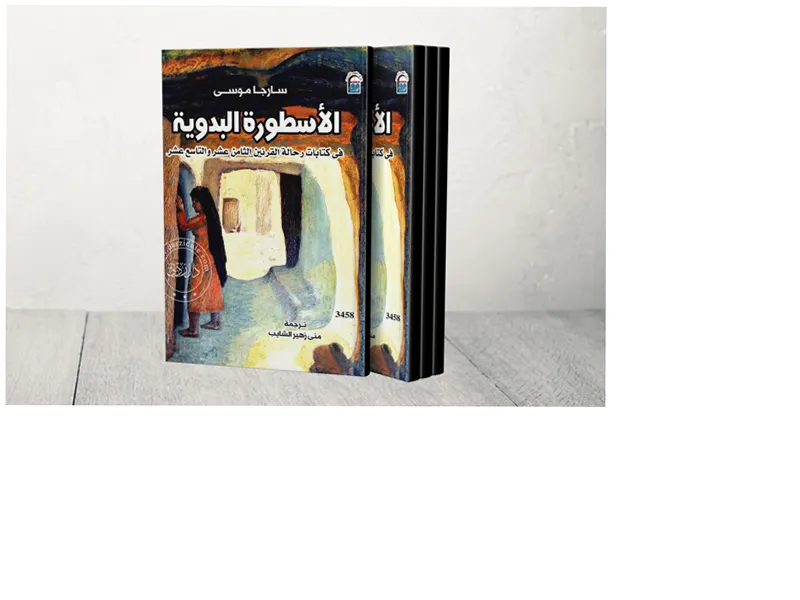The Legacy of Al-Sufi: A Pioneer in Astronomy
The 1,000-year-old Arabic book, "Images of the Fixed Stars," authored by Abd al-Rahman ibn Umar al-Razi, known as Al-Sufi, has significantly influenced the field of astronomy. Al-Sufi's work built upon Claudius Ptolemy's earlier star catalog, the "Almagest," which was pivotal in the division of the night sky into constellations. Al-Sufi not only corrected Ptolemy's observations but also integrated traditional Arabic star names into his index, contributing to a richer understanding of the cosmos. His book, which was widely disseminated during the Renaissance, showcased the importance of Arabic heritage in contemporary astronomy.
The Cultural Significance of Arabic Star Names
The ancient Arabs had a profound connection with the stars, using them for navigation and weather forecasting. This relationship is exemplified by the ten stars named "Saad," which reflect seasonal changes. The names and stories linked to these stars were vital for cultural transmission in a time when formal news was scarce. Al-Sufi's cataloging of these stars not only preserved this knowledge but also made it accessible to future generations, highlighting the cultural significance of astronomy in Arab history.
Bridging Ancient Knowledge with Modern Astronomy
The journey of Arabic star names into modern astronomy illustrates a remarkable continuity of knowledge. Al-Sufi's work, particularly in the translation and enhancement of Ptolemy's catalog, laid the groundwork for future astronomers. The International Astronomical Union recognizes many Arabic star names today, underscoring the lasting impact of Al-Sufi’s contributions. This legacy invites a reevaluation of the historical narrative surrounding astronomy, emphasizing the collaborative nature of knowledge transfer across cultures.





